What happens when your pets don’t get along, but one of them refuses to join the fight? That one pet who doesn’t bark, lunge, or panic. Just watches quietly and stays grounded.
In homes with multiple animals, disagreements happen. Toys get claimed, food bowls spark arguments, and personalities clash. While some dogs jump into the mess, others stay centered. They don’t fan the flames. They don’t escalate the noise.
They act like emotional anchors, even when chaos breaks out around them. For many pet owners, that kind of dog can bring balance to a busy household. But how do you find a breed that behaves like that naturally? Some dogs are just built to stay calm under pressure, and they don’t need extra training to get there.
In this guide, you’ll meet the calm dog breeds that stay steady, composed, and emotionally even—even when the other pets are losing their cool.
Dog Breeds That Stay Calm Even When Other Pets Fight
1. Great Pyrenees
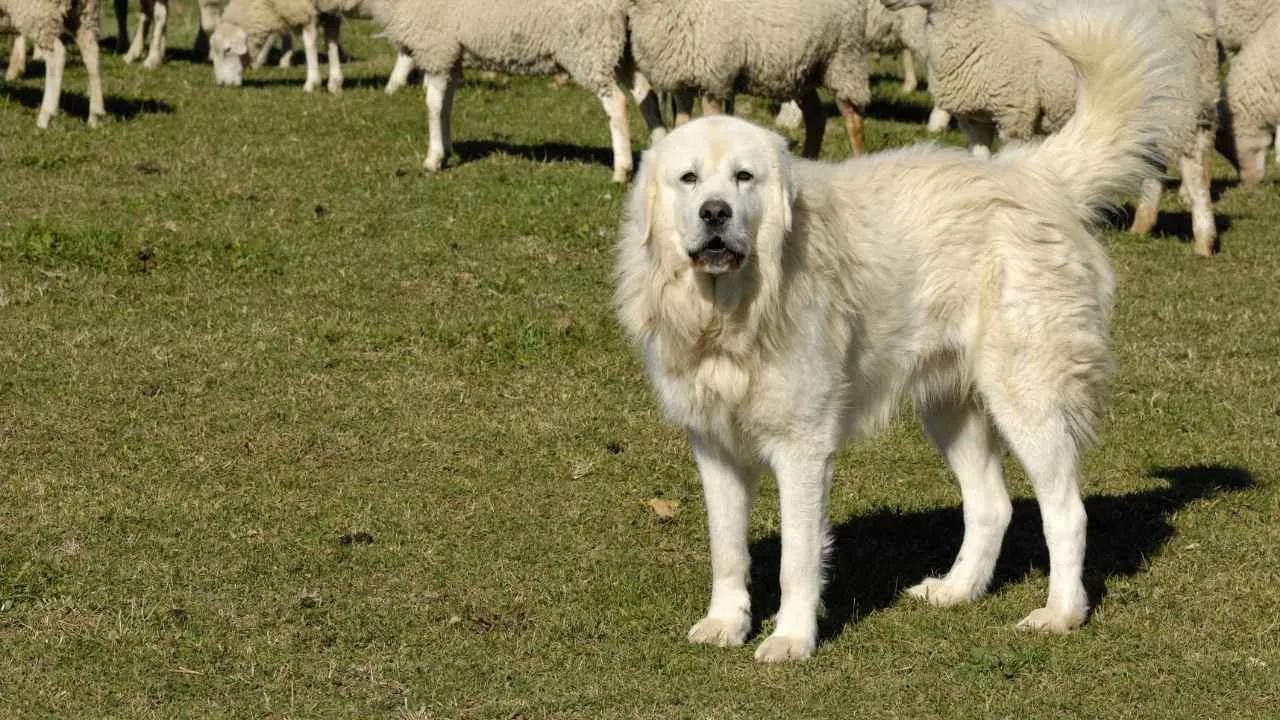
This breed doesn’t react impulsively when other animals around it start showing aggression or making noise. It remains collected, often watching before moving or responding. That restraint is what makes them a natural peacekeeper in unpredictable home dynamics.
Independent Emotional Control
Great Pyrenees have been known to weigh situations before acting, even during sudden pet fights. Instead of barking or lunging, they stay still until something truly needs intervention. This makes them ideal for households where animals may clash occasionally.
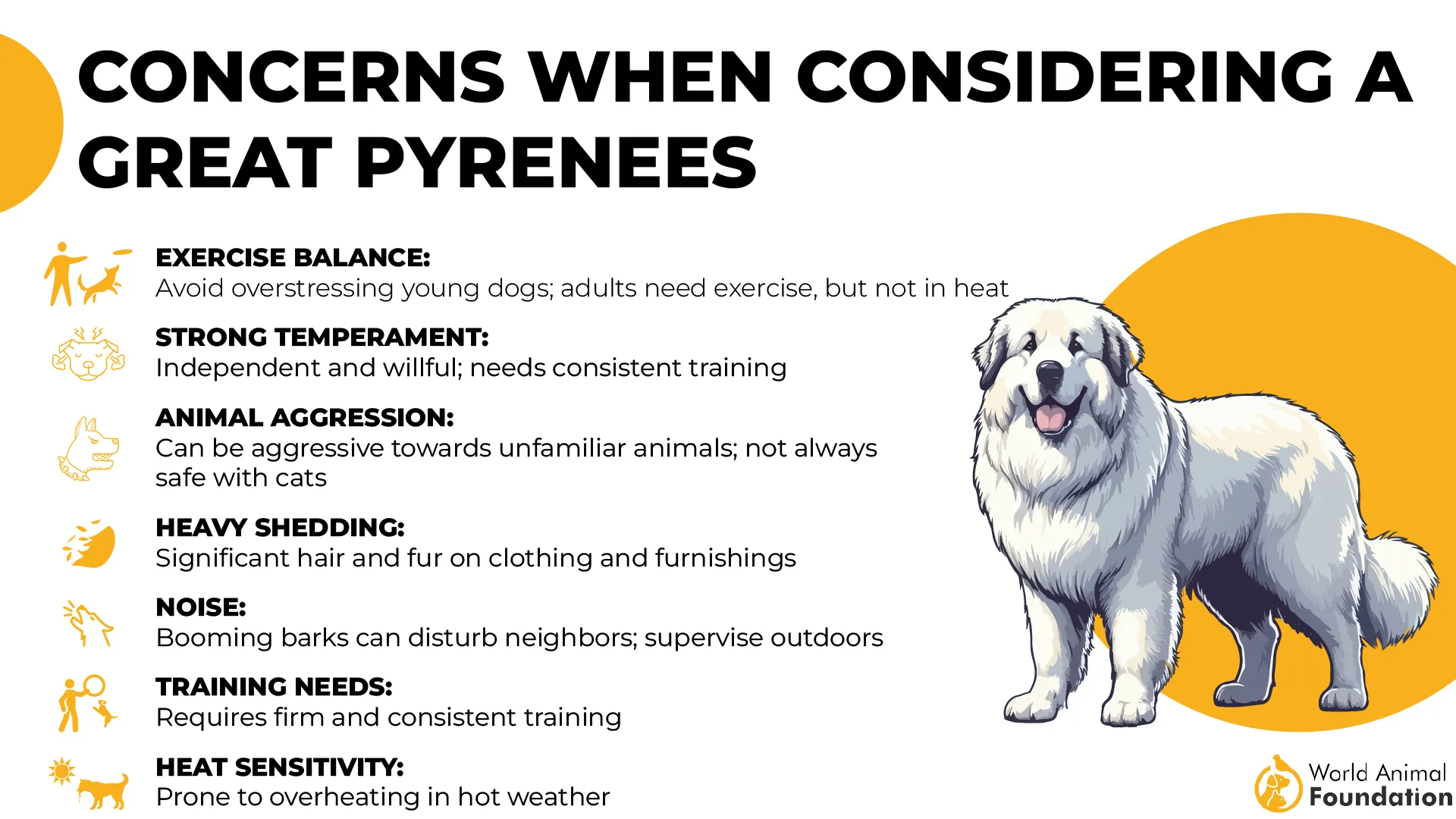
A Steady Household Presence
Even among active or louder breeds, their demeanor stays consistently quiet and calm. They don’t challenge for dominance or stir tension, especially indoors. Their strong frame carries no tension unless truly provoked to guard.
Fits Peacefully in Multi-Pet Homes
Classified among gentle dog breeds, this one blends in smoothly with cats, smaller pets, or reactive dogs. Their sweet temperament is what prevents unnecessary confrontations. They sense emotional tones around them and often remove themselves if the energy shifts.
2. Newfoundland
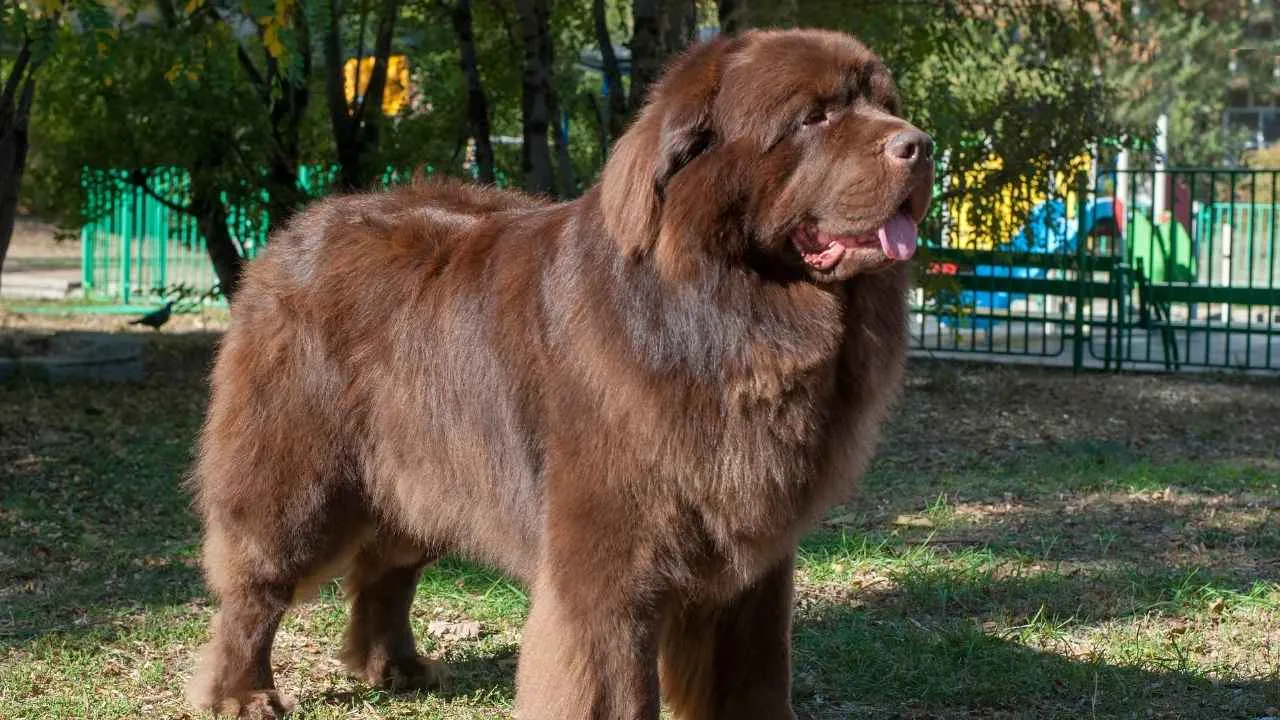
Newfoundlands are slow to react when other pets escalate tension nearby. They hold a steady posture and often stay still to avoid triggering further conflict. That level-headed behavior makes them one of the most trusted breeds around anxious or noisy animals.
Emotionally Tolerant
Their reactions remain soft even when physically nudged, barked at, or tested by other pets. Rather than rising to match energy, they withdraw gently or wait out the situation. This emotional control helps lower household stress levels during active moments.
Physically Imposing, Mentally Gentle
As a classic gentle giant, the Newfoundland rarely uses its strength during confrontations. It avoids cornering or pressing other pets, even smaller ones. This spatial awareness keeps tension low in shared spaces.
Popular in Supportive Roles
They’re often seen working as therapy dogs due to their calm presence and deep patience. While not all dogs tolerate chaotic energy well, this breed seems to soak it in quietly. Its slow movements and consistent body language help maintain peace.
3. Clumber Spaniel

Clumber Spaniels rarely escalate tension, even when other pets around them become chaotic or noisy. Their calm reactions make them easy to trust in multi-pet homes. Instead of engaging, they quietly remove themselves or lie down nearby.
Low Reactivity in High Energy Homes
This breed is slow-moving by nature, which helps them stay composed when others are running or barking, as mentioned in Purina. They are more likely to watch than get involved in active disputes. Their patience makes them well-suited for shared environments with varying personalities.
Gentle and Emotionally Tolerant
Known for their gentle demeanor, Clumber Spaniels rarely show signs of irritation during daily commotion. They accept sudden noise or contact from other pets without snapping or growling. This emotional steadiness offers balance in otherwise energetic settings.
A Breed Suited for Relaxed Owners
Because they were originally bred for silent, slow-paced flushing during hunts, they carry that calm into the home. Pet parents who value quiet and steady behavior often choose them for exactly that reason. Their predictable rhythm helps ease group dynamics.
4. Tibetan Spaniel
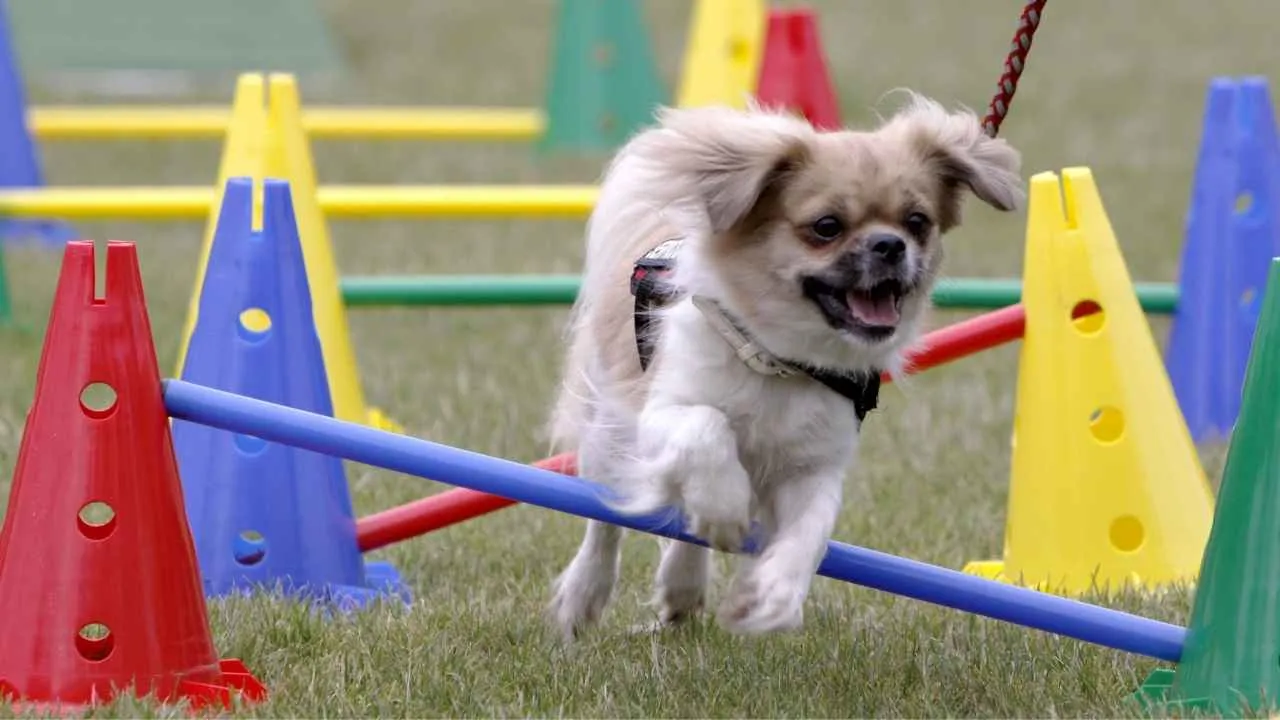
Tibetan Spaniels often avoid noisy pet drama by staying perched in quiet corners or higher spots. They scan situations rather than jumping into the middle of them. This observant nature gives them the patience to stay calm when other pets argue.
Emotionally Attuned
They read vocal tones, pacing, and facial tension in both animals and humans with surprising accuracy. This awareness helps them decide when to stay still or relocate. Their sensitivity prevents unnecessary reactions, even in tense multi-pet homes.
Social But Measured
Although naturally affectionate, this breed doesn’t push itself onto animals that aren’t receptive. They give space when needed and return affection when welcome. That balance keeps peace during moments when other pets might feel overstimulated.
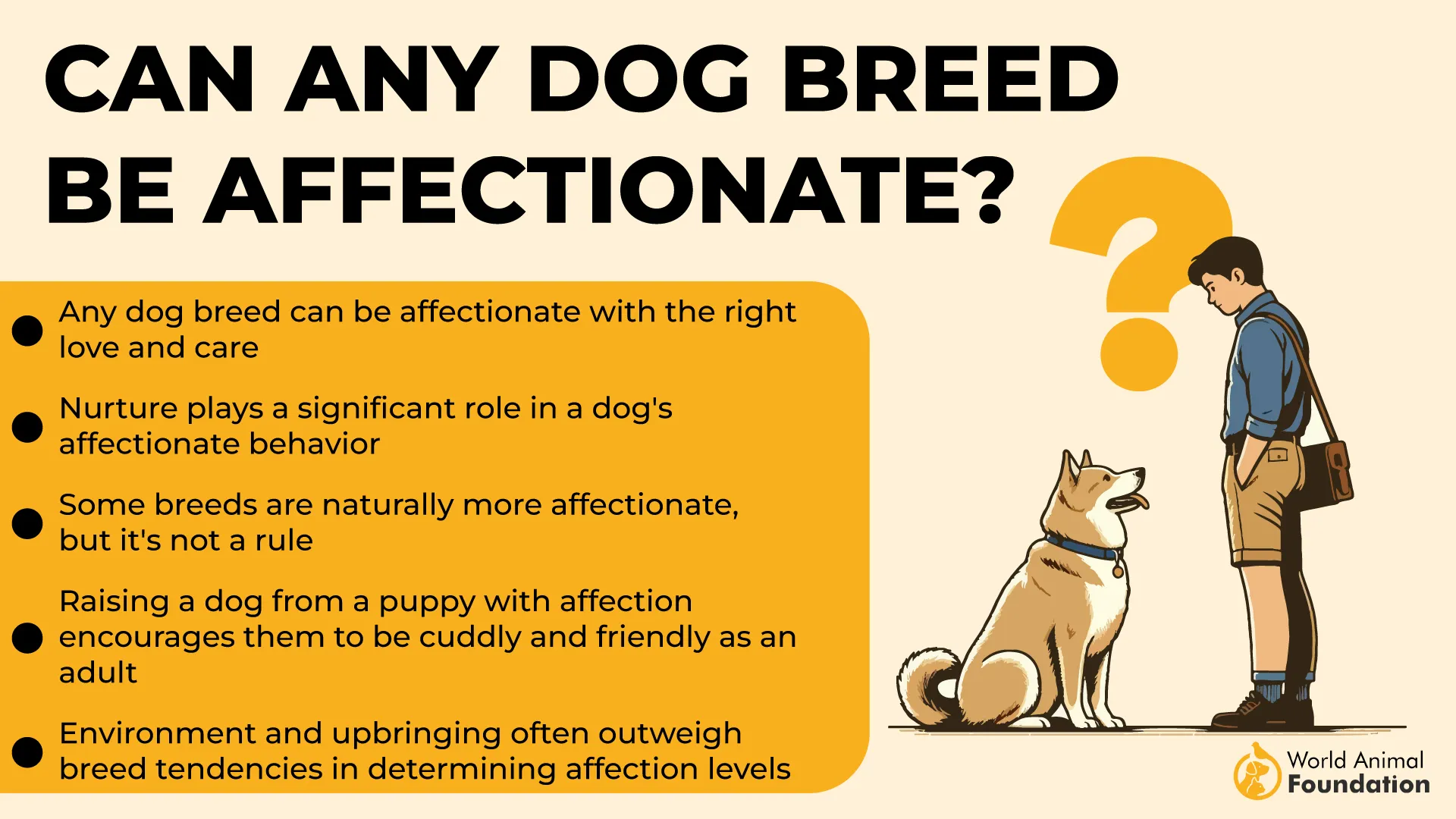
Smart and Self-Controlled
With consistent training, Tibetan Spaniels learn which cues signal tension and when to back off. Their responses are more thoughtful than impulsive, even during chaos. They also release boundless energy through solo play, not by clashing with others.
5. Cavalier King Charles Spaniel

This breed is emotionally steady and avoids getting drawn into tension created by other pets. It doesn’t escalate barking, even if a nearby dog begins to act out. Their body language stays soft and relaxed, keeping the atmosphere neutral.
Comfort-Seeking Over Conflict
Rather than engaging in noisy situations, they tend to retreat to familiar corners or people when things get tense. The breed chooses connection over confrontation. Their preference for staying close to humans helps divert them from chaos.
Friendly With All Temperaments
They often approach both excitable and shy pets with the same low-key curiosity. This helps smooth group interactions where some dogs are more reactive. Their consistent behavior reduces confusion or defensive responses in others.
Maintains Harmony in Small Spaces
Even in compact homes with multiple animals, their movements are measured and intentional. They avoid pushing into active zones or challenging others for space. Their adaptable mindset makes them a quiet presence during small scuffles.
6. Basset Hound

The Basset Hound is known for its low arousal levels, even in tense or chaotic pet interactions. It tends to observe or stay put rather than reacting to noise or movement. This emotional steadiness helps prevent it from getting pulled into scuffles.
No Urge to Dominate
This breed doesn’t compete for attention or control in a home with multiple animals. It often seeks a comfortable spot and stays there while others argue or get agitated. That low-energy presence makes it easier to coexist with more reactive pets.
Stable Indoors, Slow to React
Inside the house, their calm rhythm remains unaffected by sudden shifts around them. Their behavior is usually slow-paced, and even barking tends to be rare during indoor tension. This limits the chances of escalation during pet conflicts.
Adaptable to Shared Spaces
Basset Hounds handle shared environments well, adjusting easily to pet routines and boundaries, as stated in the AKC. They aren’t known to push or challenge the animals they live with. Their consistent calmness helps settle the energy in homes with mixed animal temperaments.
7. Greyhound
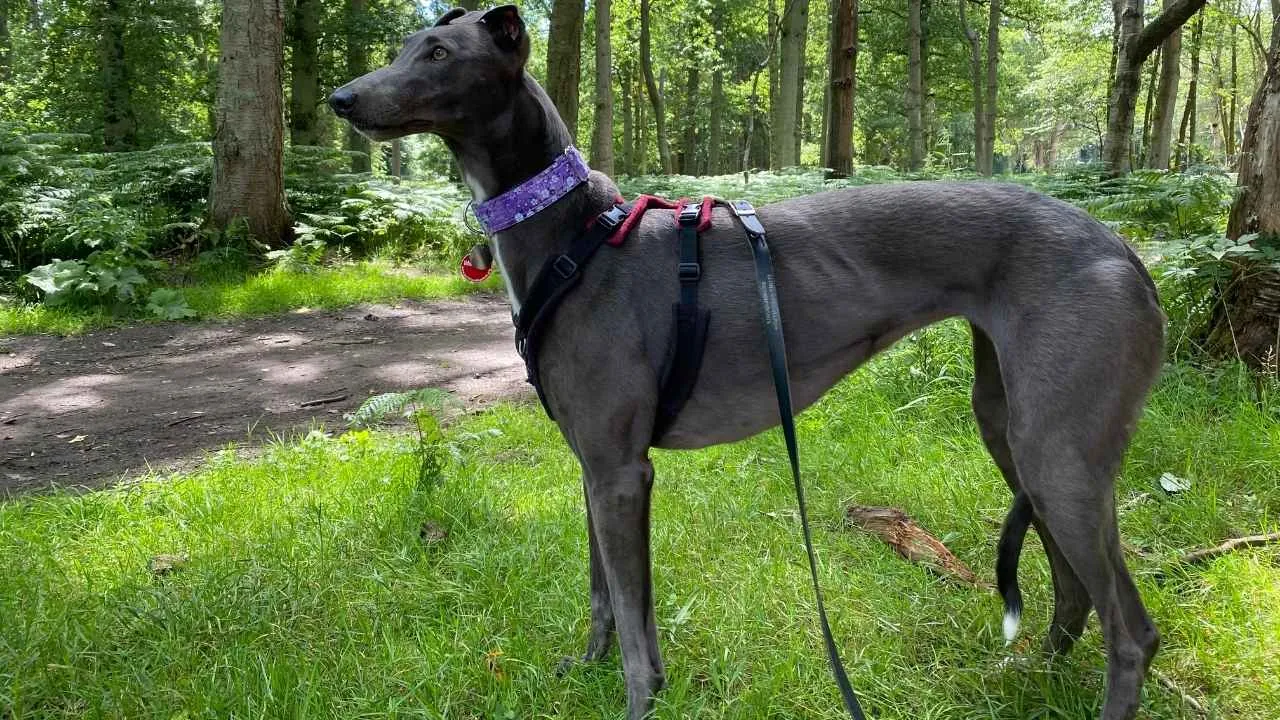
Greyhounds are known for their composed response when other pets get loud or reactive. They don’t often insert themselves into chaos unless directly provoked. Their silence and stillness in such moments help defuse tension instead of escalating it.
Non-Competitive Nature
They rarely challenge other animals for food, toys, or space, and generally walk away if conflict brews. Their low territorial drive means they don’t respond to dominance cues aggressively. Even among bolder dogs, they maintain emotional distance.
Energy Without Agitation
Though built for speed, they don’t use their energy to stir things up indoors. Greyhounds tend to enjoy motionless stretches throughout the day, resting without being disturbed by noise. That quiet energy supports a balanced environment in busy homes.
Adaptable to Diverse Homes
Their flexibility makes them suitable for houses with anxious pets or older animals prone to snapping. They adjust quickly to different social rhythms without mirroring stress. This allows them to coexist peacefully with unpredictable pet behavior.
Conclusion
In homes where energy runs high and tempers rise fast, calm dog breeds offer something special—balance. These are the dogs who stay present when others unravel.
Whether it’s a barking match between other dogs or tension over toys, they stay steady. They’re not just chill dogs—they’re emotional buffers. Some, like nanny dogs, even look after small animals without flinching.
For apartment dwellers or families with lots of pets, this kind of self-control is a gift. These breeds don’t need space to be peaceful—they bring it with them. And that’s what makes them more than pets. They become the reason the house stays calm, even when everything else doesn’t.


